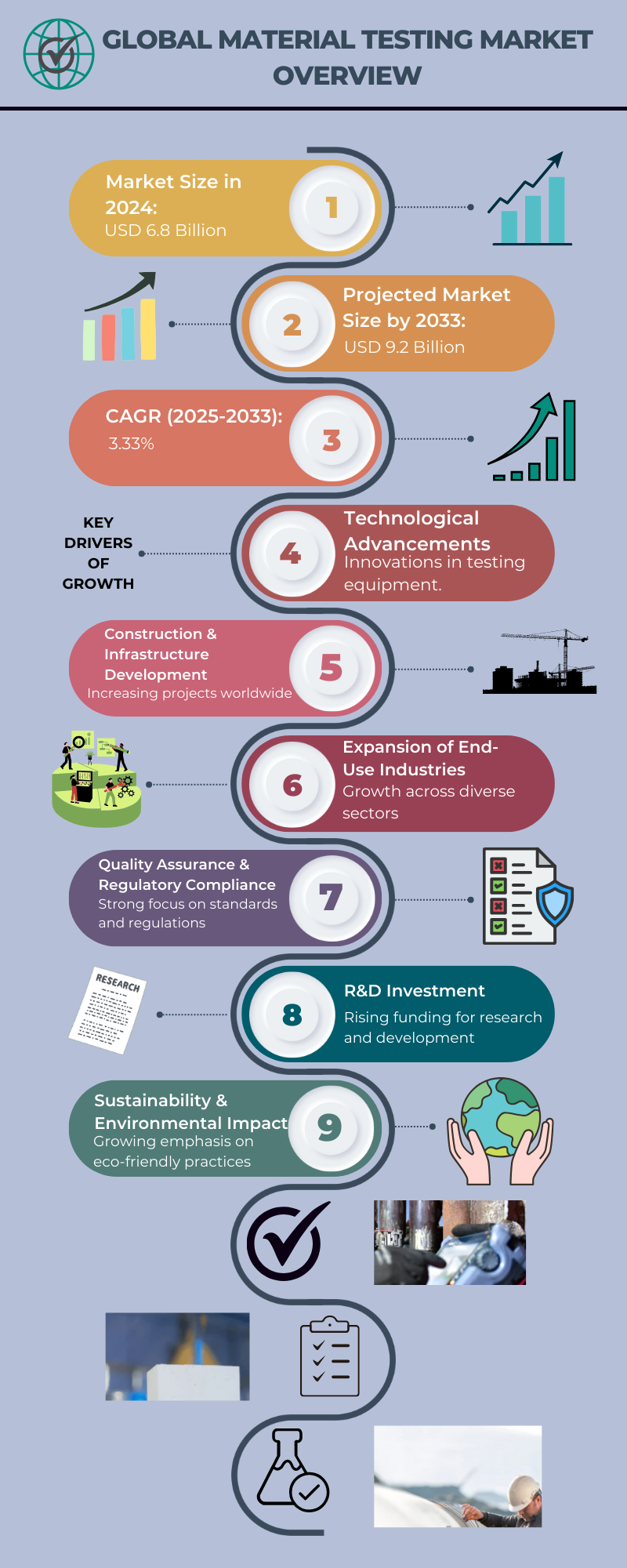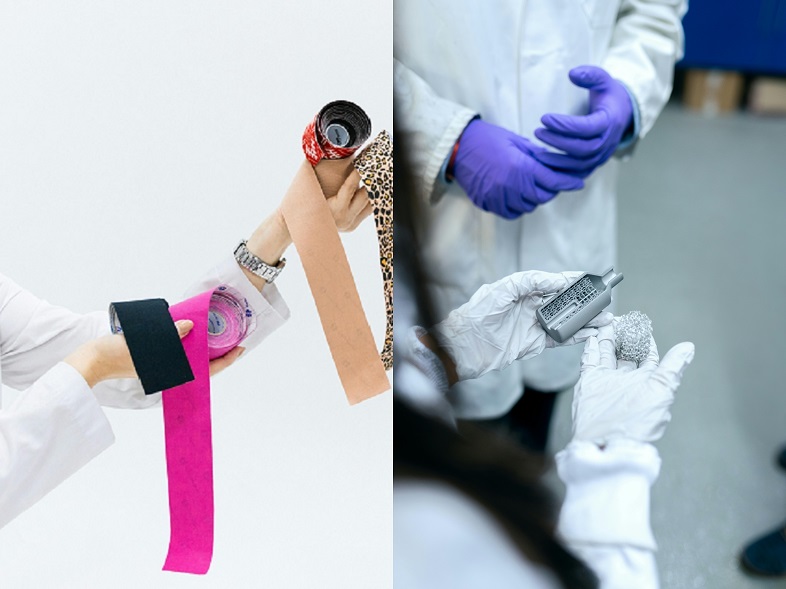Medical adhesives are specially formulated substances used in a variety of medical fields, including surgery, wound care, and medical device manufacturing. These adhesives are designed to bond tissues, devices, or other components securely. They must meet rigorous requirements for both biocompatibility and mechanical performance.
Whether used to close a wound, secure surgical incisions, or attach prosthetic devices, medical adhesives are crucial in modern healthcare. To ensure these adhesives work as intended, they undergo extensive mechanical testing, which assesses their strength, durability, and compatibility with different materials.
This article explains the essentials of medical adhesive testing, the types of adhesives, testing standards, and the importance of these tests for ensuring reliable medical performance.
What Are Medical Adhesives?
Medical adhesives are substances created for bonding in medical applications. These adhesives can bond various materials, including tissues, skin, surgical incisions, and medical devices. Given their critical role, medical adhesives must undergo specific tests to ensure their strength, safety, and performance. These tests help ensure that adhesives do not cause adverse reactions, maintain their effectiveness over time, and perform well under real-world conditions.
Common types of medical adhesives include:
Cyanoacrylate Adhesives: Fast-setting adhesives often used for small wound closures.
Silicone-Based Adhesives: Highly flexible and biocompatible, commonly used for skin applications and prosthetic bonding.
Epoxy Resins: Known for their superior mechanical and thermal resistance, these are used to bond medical devices.
Acrylic Adhesives: These adhesives are strong and can bond effectively with many materials, making them ideal for medical applications.
Pressure-Sensitive Adhesives (PSAs): These are widely used in medical tapes and patches, adhering when pressure is applied.
Polyurethane Adhesives: Polyurethane adhesives are renowned for their strength and resistance to wear, making them ideal for use in flexible medical devices.
Fibrin Sealants: Derived from blood components, these adhesives are used to stop bleeding in surgical settings.
Hydrogel Adhesives: Water-based adhesives used in wound care that are gentle on the skin.
The Role of Material Testing in Medical Adhesive Performance
Testing the material properties of medical adhesives is essential to ensure they perform as needed in medical applications. These adhesives are subjected to various mechanical tests that measure their bonding strength, flexibility, and resistance to stress. This testing is crucial because failure of an adhesive can lead to serious medical complications, making reliability a top priority.
Types of Testing for Medical Adhesives
- Peel Testing
Peel testing is one of the most widely used methods to assess the strength of an adhesive. It measures the force required to separate two bonded surfaces, helping to determine how well the adhesive can withstand forces that might try to peel the surfaces apart. This test is particularly useful for adhesives used in wound care, surgical tapes, or any application where the adhesive’s bond strength is critical.
Peel testing standards include:
ASTM F2256: Strength properties of tissue adhesives in T-peel by tension loading.
ASTM D3330: Test method for peel adhesion of pressure-sensitive tapes.
These standards help manufacturers evaluate whether their adhesives are strong enough for medical use.
- Shear Testing
Shear testing evaluates how well an adhesive can resist forces that push the bonded surfaces in parallel. This is important for adhesives used in applications where forces act horizontally along the bond, such as medical tapes or other flexible bonding materials. Shear tests measure the ability of adhesives to remain intact under such conditions.
Shear testing standards include:
ASTM D3654: Shear adhesion of pressure-sensitive tapes.
ASTM F2255: Strength properties of tissue adhesives in lap-shear by tension loading.
These standards ensure that adhesives can handle shear forces without failing.
- Tensile Testing
Tensile testing measures how well an adhesive can withstand stretching forces. The test pulls the adhesive apart, determining its breaking point, elasticity, and elongation properties. For medical adhesives, this test is critical to ensure that the material can handle mechanical stresses, such as tension from body movement or pressure from medical devices.
Tensile testing standards include:
ASTM D882: Tensile properties of thin plastic sheeting.
ASTM F2258: Tensile strength of tissue adhesives.
ASTM F2458: Wound closure strength of tissue adhesives.
These tests help manufacturers determine the adhesive’s strength and ability to perform under stress.

Key Properties Measured During Medical Adhesive Testing
During material testing, several important properties of medical adhesives are measured to ensure that the adhesive performs as expected in medical applications.
These properties include:
Bonding Strength: This is the ability of an adhesive to create a strong bond between materials, such as skin, tissue, or medical devices. Strong bonding is essential for wound closure or holding medical devices securely in place.
Material Compatibility: Medical adhesives must bond well with various materials, such as skin, tissues, or synthetic medical components. Testing ensures that the adhesive does not cause allergic reactions or other unwanted effects.
Durability: Medical adhesives must maintain their effectiveness over time, even in environments exposed to moisture, heat, or body fluids. Durability testing evaluates how well the adhesive performs under these conditions.
Tensile Strength: This refers to the maximum stress an adhesive can withstand before failing. High tensile strength is particularly important for medical adhesives that need to withstand the forces applied to them in surgeries, wound closures, or device bonding.
Why Is Material Testing Essential for Medical Adhesives?
The reliability and safety of medical adhesives are essential for patient health and the success of medical treatments. Through rigorous material testing, manufacturers can ensure that their products meet required standards and will perform as intended when used in healthcare settings. Proper testing helps avoid adhesive failures that could lead to complications, infections, or other health risks for patients.
Key reasons for material testing in medical adhesives include:
Ensuring safe and effective wound closure.
Providing reliable performance even under harsh conditions.
Preventing adverse skin reactions or adhesive failure.
Offering safe alternatives to traditional wound care methods like sutures.
Conclusion
Material testing plays a crucial role in ensuring that medical adhesives are safe, effective, and reliable. By conducting thorough mechanical tests, manufacturers can guarantee that their adhesives meet the necessary standards for medical use. These tests ensure that adhesives can bond securely, endure mechanical stresses, and maintain their effectiveness over time, ultimately contributing to improved patient outcomes and safer medical practices.


Leave a Reply